CAS No- 9067-32-7
Sodium hyaluronate comes from hyaluronic acid, a substance that occurs naturally in the synovial fluid of the joints, eyes, and skin. The “sodium” component reflects that sodium hyaluronate is a salt.
Hydration: Sodium hyaluronate attracts and binds moisture to the skin, which can help reduce dryness. Because it is not an oil, it can hydrate oily and acne-prone skin without blocking pores or causing greasiness.
Active ingredient enhancement: Because it penetrates into the skin, it can enhance the effectsTrusted Source of other active ingredients in skin care products, allowing them to get through the outermost layer of the skin.
Tissue repair: Doctors can use topical treatments containing sodium hyaluronate to help wounds heal and tissues repair. Surgical incisions, skin grafts, and ulcers may benefit from this.
Eye moisture: Hyaluronic acid-based eye drops can reduceTrusted Source the symptoms of dry eyes by increasing tear production and stabilizing the surface of the cornea.
And if a person wishes to reduce the appearance of fine lines, topical sodium hyaluronate can plump the skin and increase elasticity by attracting moisture.
Sodium hyaluronate has a number of uses, including in skin care, cosmetic procedures, and medical treatments According to both dermatologists, sodium hyaluronate is a water-soluble salt that’s derived from hyaluronic acid, which can be found naturally in the body. Like hyaluronic acid, sodium hyaluronate is incredibly hydrating, but this form can penetrate deeper into the skin and is more stable (meaning it will last longer) in cosmetic formulation. Weinstein describes sodium hyaluronate as a fiber- or cream-like powder, which can be found in moisturizers and serums. As a humectant, sodium hyaluronate works by pulling in moisture from the environment and the underlying layers of your skin into the epidermis. As Weinstein puts it, sodium hyaluronate “serves as a water reservoir in the skin, helping it to regulate the moisture content.”


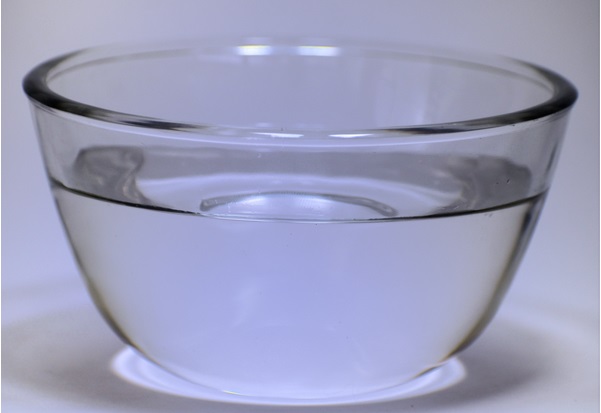
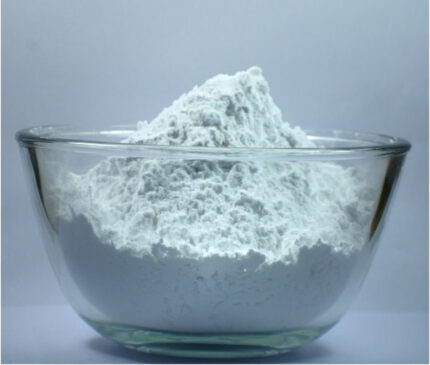
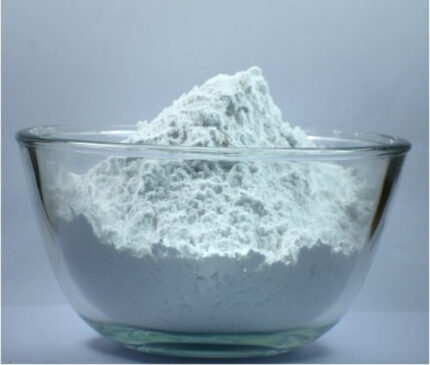




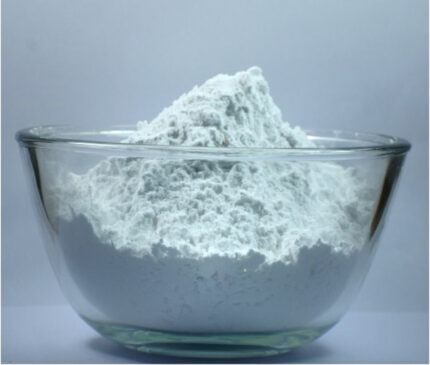
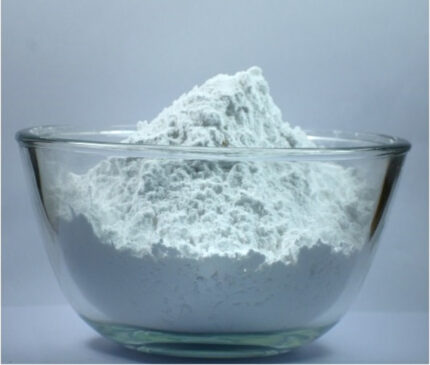


Reviews
There are no reviews yet.